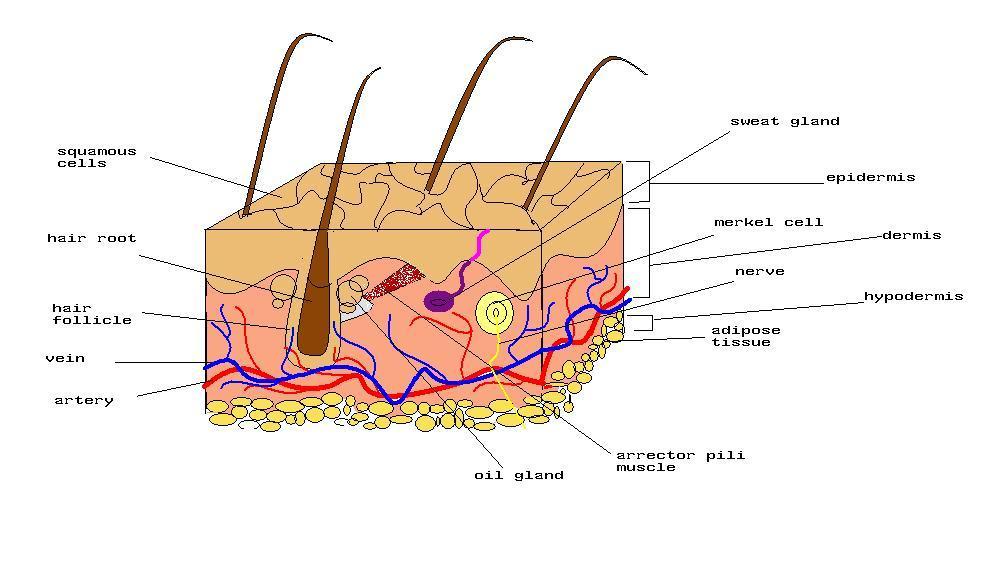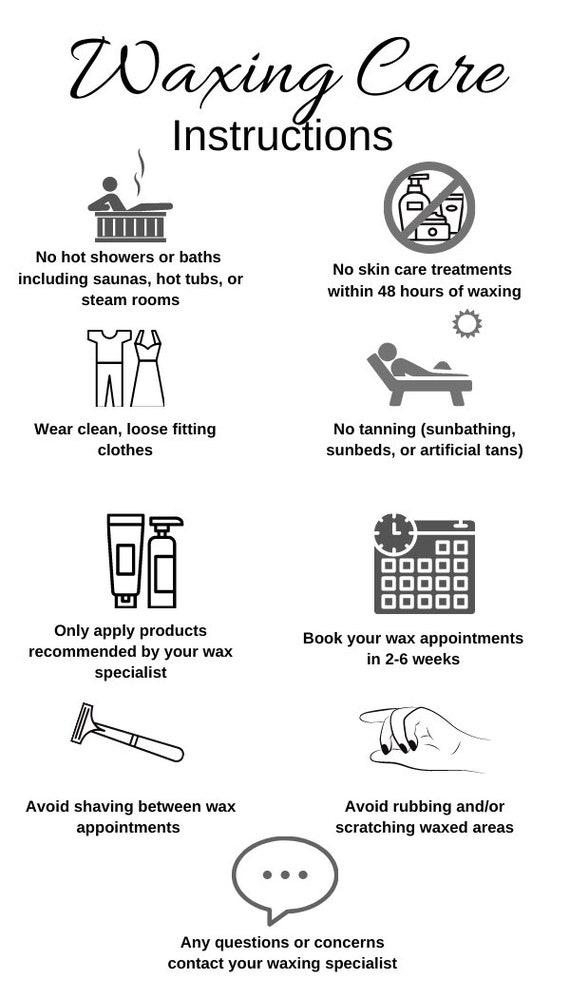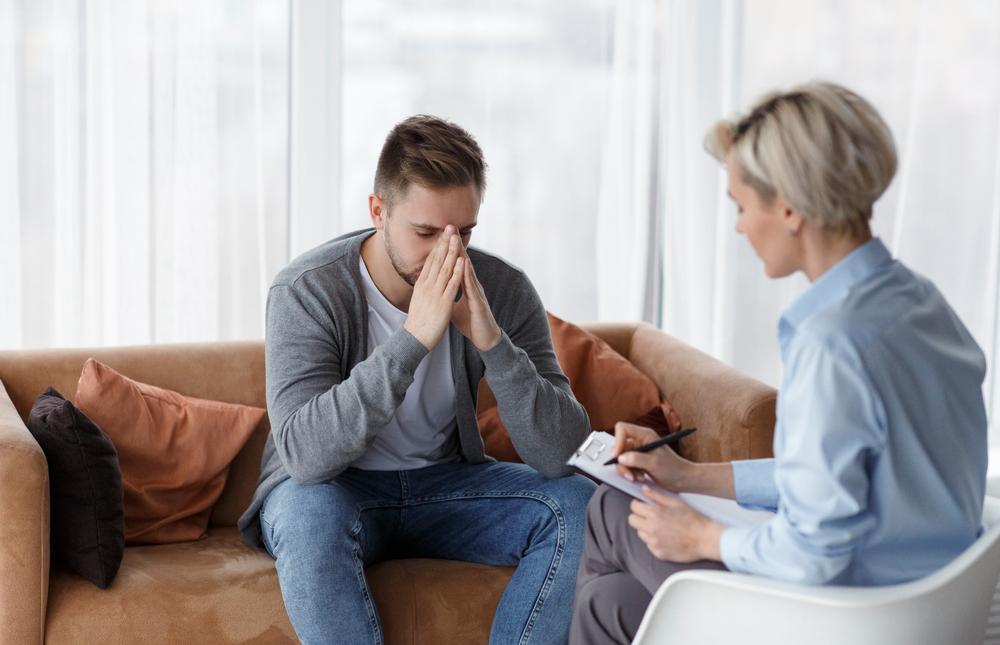In a world where smooth, hair-free skin is often just a laser session away, the journey doesn’t end when you step out of the clinic. Welcome to the often-overlooked yet crucial chapter of your hair removal odyssey: the post-laser phase. This guide unfurls the tapestry of essential do’s and don’ts, offering a roadmap to ensure your skin remains as healthy and radiant as ever. Whether you’re a first-timer basking in the glow of your new-found freedom or a seasoned veteran seeking to refine your routine, our compass will steer you through the verdant valleys and the potential pitfalls of post-laser care. Step into the spotlight, and let your skin shine in its best light!
Understanding Your Skins Needs After Treatment
Your skin’s response post-laser hair removal is crucial for achieving optimal results and ensuring its health and vitality. Understanding these needs can help you avoid common pitfalls and promote healing. First, **hydration** becomes your skin’s best ally. After treatment, it’s essential to keep the area moisturized. Opt for **alcohol-free** and **fragrance-free** products to minimize irritation. Aloe vera gel or a gentle, hydrating lotion can do wonders in soothing the skin.
In the initial days following the procedure, you might notice some redness, swelling, or sensitivity. To mitigate these effects, adhere to a few key **do’s and don’ts**:
- Do use an ice pack or a cold compress to reduce inflammation.
- Don’t expose the treated area to direct sunlight. If you must go outside, apply a broad-spectrum sunscreen with SPF 30 or higher.
- Do wear loose, cotton clothing to avoid friction and irritation.
- Don’t take hot showers or baths, as this can exacerbate redness and discomfort.
| Common Symptoms | Suggested Remedies |
|---|---|
| Redness and Swelling | Cold Compress, Aloe Vera |
| Itchiness | Hydrocortisone Cream |
| Dryness | Fragrance-Free Moisturizer |
Further, it’s critical to avoid any form of heat exposure for at least **48 hours** post-treatment. This includes **hot tubs, saunas**, and even vigorous exercise that may cause sweating. These activities can potentially increase irritation and prolong recovery time. Remember, your goal is to keep the skin cool and calm to facilitate proper healing. Following these tips not only ensures the efficacy of the laser hair removal but also preserves the integrity of your skin.

Vital Aftercare Steps to Ensure Optimal Results
First and foremost, treat the skin with **utmost care** in the immediate aftermath of your laser hair removal session. The treated areas will be sensitive, and it’s imperative to avoid any form of irritation. **Cold compresses** or ice packs wrapped in a soft cloth can help reduce any temporary discomfort or swelling. **Loose, breathable clothing** should be preferred over tight garments that may rub against the skin. Also, **keep contact with hot water limited** – opt for lukewarm showers and skip the sauna or hot tub for at least 48 hours.
Environmental factors play a huge role in post-treatment recovery. **Sun protection** becomes more critical than ever to avoid pigmentation changes or burns in the treated areas. Apply a broad-spectrum sunscreen with an **SPF of at least 30** religiously when stepping outdoors, even on cloudy days. If possible, completely avoid sun exposure for a minimum of two weeks after each session. Additionally, refrain from using tanning beds, as they can exacerbate the sensitivity and disrupt the healing process.
| Action | Recommendation |
|---|---|
| Cold Compress | Use for 10-15 mins |
| Sun Protection | SPF 30+ |
| Clothing | Loose and breathable |
In terms of skincare products, be mindful of what you apply. **Avoid harsh products** such as retinoids, alpha hydroxy acids (AHAs), and beta hydroxy acids (BHAs), as they can aggravate the skin. Instead, revert to **gentle, fragrance-free cleansers and moisturizers** that focus on hydrating and soothing. Ingredients like aloe vera, chamomile, and hyaluronic acid are your skin’s best friends during this period. Over-the-counter hydrocortisone cream can also help alleviate any itching or redness.
Exercise caution with **physical activities** post-treatment. While light activities are generally fine, **intense workouts that induce heavy sweating should be avoided** for at least 48 hours. The salt in sweat can cause additional irritation. Similarly, steer clear of massages, hot wax, or any form of mechanical exfoliation on the treated areas for a week. Following these steps will not only ensure your skin heals optimally but also enhance the overall effectiveness of the laser hair removal procedure.

Common Pitfalls and How to Avoid Them
After undergoing a laser hair removal treatment, it’s easy to assume that you’re on the fast track to smooth, hair-free skin. However, navigating the post-treatment phase can be tricky if you’re not aware of the potential pitfalls. Here are some common mistakes and how you can avoid them for optimal results.
Avoiding Direct Sun Exposure
- Risk: Exposing treated skin to the sun can lead to hyperpigmentation and burns.
- Solution: Apply a broad-spectrum sunscreen with at least SPF 30 if you must be outdoors.
- Alternative: Wear protective clothing like hats and long sleeves to shield the treated areas.
Skipping Post-Treatment Skincare
- Risk: Neglecting proper skincare can result in irritated or dry skin.
- Solution: Follow a gentle skincare routine that includes moisturizing and hydrating frequently.
- Avoid Ingredients: Steer clear of products with alcohol, retinoids, or AHA/BHA acids.
Engaging in High-Heat Activities
- Risk: Heat from hot showers, saunas, and vigorous exercise can irritate treated skin.
- Solution: Refrain from high-heat activities for at least 48 hours post-treatment.
- Alternative: Opt for lukewarm showers and light physical activities like walking.
| Action | Risk Level |
|---|---|
| Sun Exposure | High |
| Skipping Moisturizer | Medium |
| Using Hot Water | High |
| Physical Activities | Low |
Choosing the Right Products for Post-Treatment Skin
Ensuring your skin gets the proper care after a laser hair removal session is crucial for optimal results and to avoid any unwanted side effects. The right products can make a significant difference in how your skin heals and maintains its radiance. Start by looking for **soothing and hydrating** products. Ingredients like **aloe vera, chamomile,** and **green tea extract** are excellent choices. These natural elements help reduce inflammation and calm any irritation or redness that may occur after the treatment.
Your post-treatment skin routine should especially focus on **moisturization**. Hydrating your skin will help it recover faster and keep it supple. Opt for creams and lotions that contain **hyaluronic acid, glycerin,** or **ceramides**. Avoid heavy oils and thick lotions that could clog your pores or trap heat. A non-comedogenic moisturizer is your best bet to keep the skin breathing and healing efficiently.
It’s equally important to select a gentle **cleanser** and **sunscreen**. Choose a mild, fragrance-free cleanser that will not irritate your skin. For sunscreen, go for physical blockers containing **zinc oxide** or **titanium dioxide** as these provide broad-spectrum protection without causing irritation. Sunscreen application should be frequent and generous, particularly because your skin will be more sensitive to UV rays post-treatment.
| Product Type | Recommended Ingredients |
|---|---|
| Moisturizer | Hyaluronic Acid, Glycerin, Ceramides |
| Cleanser | Fragrance-Free, Gentle Ingredients |
| Sunscreen | Zinc Oxide, Titanium Dioxide |
| Soothing Gel | Aloe Vera, Chamomile, Green Tea Extract |
Stay away from products containing **alcohol, sulfates,** or **fragrance** as these can exacerbate post-treatment symptoms like dryness and redness. Avoid exfoliating agents such as **AHAs, BHAs,** and **retinoids** until your skin has fully recovered. These ingredients, while beneficial in regular skincare, can be too harsh on newly treated skin. Always patch-test new products and consult with your dermatologist or skincare specialist to personalize your post-treatment care routine.

When to Seek Professional Help and Follow-Up Care
Experiencing mild redness and swelling after laser hair removal is common, but there are times when consulting a professional becomes essential. If you notice **blisters, severe pain, or extreme redness** that doesn’t subside within a day or two, it’s crucial to seek help from your dermatologist or technician. These symptoms might indicate a more serious reaction that needs proper medical attention.
In addition to recognizing when to seek help, knowing the importance of **routine follow-up care** can significantly enhance your results. Regularly scheduled touch-up sessions keep your skin smooth and maintain the hair-free effect longer. Consult your provider about the best interval for your follow-ups — typically, a timeframe will be suggested based on your hair type and growth cycle.
- **Blisters or severe pain** that persist for more than two days.
- **Unusual pus or discharge** from treated areas.
- **Excessive redness or burning** sensation that doesn’t improve.
Understanding what is normal and what isn’t helps you make informed decisions. Regularly monitor treated areas and follow post-treatment care guidelines. Additionally, you might find it useful to keep a **treatment diary** noting any reactions or changes, dates of sessions, and care routines. This diary can be shared with your healthcare provider during follow-ups, ensuring more tailored and effective treatments.
| When to Consult a Professional | When to Follow-Up |
|---|---|
| Blisters, severe pain, unusual discharge | Every 4-6 weeks |
| Persistent redness or burning | During signs of regrowth |
Q&A
Q: What should I avoid doing immediately after a laser hair removal session?
A: After a laser hair removal session, it’s essential to steer clear of direct sun exposure. Your skin is particularly sensitive, so the UV rays can cause burns or hyperpigmentation. Also, skip the gym—sweating can irritate the treated area and might lead to breakouts or infections.
Q: Is there a special skincare routine I should follow post-treatment?
A: Absolutely! Gently clean the treated area with a mild soap and cool water. Then, apply a soothing aloe vera gel or an ice pack wrapped in a cloth to minimize redness and swelling. Hydration is key, so slather on a good, fragrance-free moisturizer to keep your skin calm and happy.
Q: How long should I wait before hitting the beach or pool?
A: You should wait at least 48 hours before swimming in a pool or ocean. Chlorine and saltwater can be harsh on freshly treated skin and may lead to irritation. Plus, it’s a good idea to dodge the sun entirely for about two weeks post-treatment.
Q: What kind of clothes are best to wear after laser hair removal?
A: Opt for loose, comfortable clothing made from soft fabrics like cotton. Tight clothes can rub against the treated area and cause irritation or even ingrown hairs. Let your skin breathe and heal in its own time.
Q: Can I resume shaving between laser treatments?
A: Yes, you can shave between treatments, but avoid waxing, plucking, or threading. These methods remove hair from the root, making the laser less effective next time around. Shaving, on the other hand, keeps the hair follicle intact, ensuring optimal results when you return for your next session.
Q: Are there any activities to avoid to ensure the best results?
A: Definitely! For a smooth healing process, avoid using hot tubs, saunas, and doing intense workouts for at least 48 hours after your session. Heat and sweat can aggravate the treated skin, prolonging recovery and potentially impacting results.
Q: When can I expect to see the full results of my laser hair removal?
A: Patience is a virtue here. While you may notice a reduction after your first session, full results typically become apparent after multiple sessions, scheduled a few weeks apart. Hair grows in cycles, and multiple treatments ensure you catch each follicle at the correct stage for optimal removal.
Q: Any tips for maintaining results between sessions?
A: Maintain a consistent treatment schedule as advised by your specialist. Also, protect your skin from sun exposure year-round by wearing sunscreen with at least SPF 30. Avoiding skincare products containing retinoids or glycolic acid on treated areas can also help maintain smooth, irritation-free skin.
Q: What should I consider when choosing a laser hair removal provider?
A: Research is key! Look for certified professionals with solid experience and positive reviews. A reputable provider will conduct a thorough consultation, answering any questions and setting realistic expectations about the procedure and its outcomes.
Q: Is pain during and after the treatment something to worry about?
A: Some discomfort is normal, both during and immediately after the procedure. Many describe it as a snapping sensation. Post-treatment, you might feel like you have a mild sunburn. Over-the-counter pain relievers and cool compresses can help manage any discomfort. If the pain persists or worsens, consult with your provider.
Stay informed and follow these insights to maximize the benefits of your laser hair removal and enjoy longer-lasting results!
In Conclusion
As you embark on your journey to smoother skin, embracing the aftercare rituals is as crucial as the laser treatment itself. By adhering to these essential do’s and don’ts, you’re not only safeguarding your investment but also ensuring the health and radiance of your skin. Let these guidelines be your steadfast companions, paving the way to a seamless and serene post-laser experience.
Remember, beauty is a marvellous blend of care and patience. As you navigate through this transformative process, cherish these moments of self-care, knowing that each step brings you closer to the silky smooth skin you’ve envisioned.
So, onward to a future free from the fuss of conventional hair removal, and may your path be as smooth and luminous as the skin you’re striving for. Here’s to radiating confidence, one laser pulse at a time.






